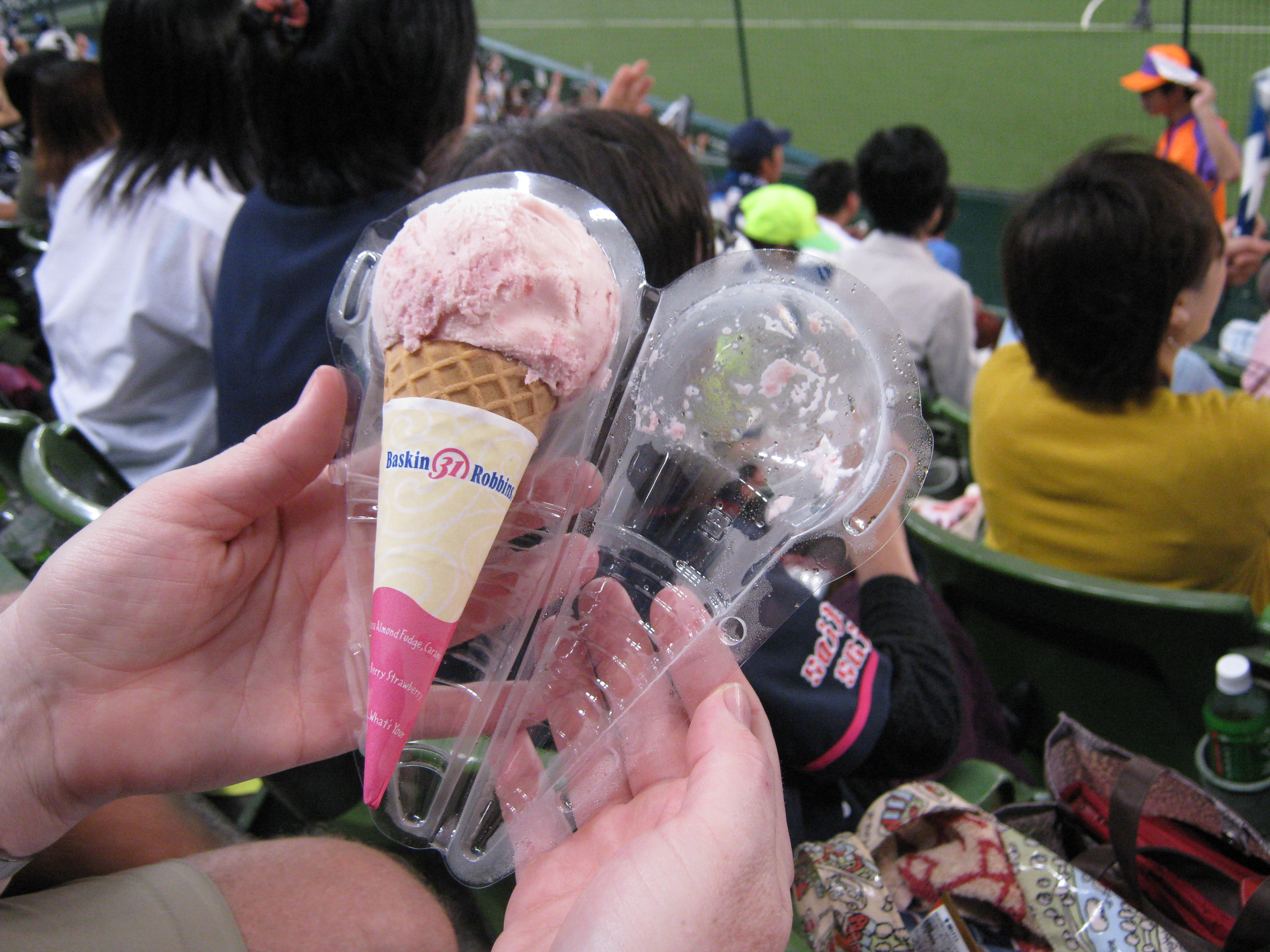Abi Bradford, Sylvia Broude, and Alexander Truelove, “Trash in America: Moving from Destructive Consumption to a Zero Waste System,” Frontier Group, February 12, 2018 →.
C-40 Cities Climate Leadership Group, “Cities100: Milan – Collecting Food Waste City-Wide,” October 2015 →.
Kirstin Munro, “Overaccumulation, Crisis, and the Contradictions of Household Waste Sorting.” Capital & Class, July 2021.
See Farzaneh Amir Kavei and Laura Savoldi, “Recycling Behavior of Italian Citizens in Connection with the Clarity of On-Pack Labels: A Bottom-Up Survey,” Sustainability 13, no. 19 (2021); S. J. Westerman et al., “The Design of Consumer Packaging: Effects of Manipulations of Shape, Orientation, and Alignment of Graphical Forms on Consumers’ Assessments,” Food Quality and Preference 27, no. 1 (2013); Laura Sullivan, “How Big Oil Misled the Public into Believing Plastic Would Be Recycled,” National Public Radio, September 11, 2020 →; Katherine Gammond, “US is Recycling Just 5% of its Plastic Waste, Studies Show,” The Guardian, May 5, 2022 →; and Rebecca Altman and Tridibesh Dey, “The World Has One Big Chance to Fix Plastics,” The Atlantic, March 15, 2022 →.
Grant Gerlock, “To End Food Waste, Change Needs to Begin at Home,” WFSU: Nebraska Public Media, November 17, 2014 →.
Yang Yu and Edward C. Jaenicke. “Estimating Food Waste as Household Production Inefficiency,” American Journal of Agricultural Economics 102, no. 2 (2020). See also US Department of Agriculture, “Food Loss and Waste,” usda.gov →; Environmental Protection Agency (US), “Preventing Wasted Food at Home,” epa.gov →; RTS, Food Waste in America in 2022: Statistics & Facts →; National Geographic, “Food Waste” (infographic) →.
For analysis of debated definitions, measurement limitations, and data complexities see M. F. Bellemare et al. “On the Measurement of Food Waste,” American Journal of Agricultural Economics 99, no. 5 (2017).
Elaine Power, “Sending Surplus Food to Charity Is Not the Way to Reduce Greenhouse Gas Emissions,” The Conversation, May 23, 2019 →.
Frank Mitloehner, “The Carbon Impact of Food Waste: The Problem with What We’re NOT Eating,” CLEAR Center, UC Davis, November 13, 2020 →.
Adele Peters, “Everything You Need to Know about the Booming Business of Fighting Food Waste,” Fast Company, June 19, 2019 →.
Christine Harold, Things Worth Keeping: The Value of Attachment in a Disposable World (University of Minnesota Press, 2020), 32; Norah MacKendrick, “Protecting Ourselves from Chemicals: A Study of Gender and Precautionary Consumption,” Our Chemical Selves: Gender, Toxics and Environmental Health, ed. Dayan Nadine Scott (UBC Press, 2015), 60.
Carol Richards and Bree Hurst, “Powerful Supermarkets Push the Cost of Food Waste onto Suppliers, Charities,” The Conversation, February 28, 2016 →.
Alexis Shotwell, Against Purity: Living Ethically in Compromised Times (University of Minnesota Press, 2016), 12.
Frederic Mousseau, “A Global Food Crisis: Shortage Amidst Plenty,” InterPress Service News, May 30, 2022 →.
Gay Hawkins, “Disposability,” Discard Studies (blog), May 21, 2019 →.
Business Insider, “How Plates Made from Sugarcane Could Help India’s Plastic Problem,” YouTube video, May 12, 2022 →.
Kevina Kumala, “Plastic that Marine Animals Can Safely Eat,” TEDx Talks, YouTube video, July 25, 2017 →.
Jessica Bowman, “We Must Invest in Compost Infrastructure to Match Growing Demand for Sustainable Products,” WasteDive, January 5, 2022 →; Tiffany Liang, “Biodegradable Plastic … Promising, But Not Yet a Solution for Plastic Pollution,” Berkeley Scientific Journal, Fall 2019 →. See also Rebecca Altman, “The Myth of Historical Bio-Based Plastics,” Science 373, no. 6550 (2021).
Nora Goldstein, “Quantifying Existing Food Waste Composting Infrastructure in the US,” Biocycle, January 4, 2019 →.
Bradford, Broude, and Truelove, “Trash in America.”
See →.
Adele Peters, “If This Plastic Bag Ends Up In The Ocean, Don’t Worry—Animals Can Safely Eat It,” Fast Company, January 25, 2017 →.
Max Liboiron, Pollution is Colonialism (Duke University Press, 2021).
Alex Sivan, “New Perspectives in Plastic Biodegradation,” Current Opinions Biotechnology 22, no. 3 (2011); A. Parthasarathy et al, “Is Plastic Pollution in Aquatic and Terrestrial Environments a Driver for the Transmission of Pathogens and the Evolution of Antibiotic Resistance?” Environmental Science Technology 53, no. 4 (2019); Rachel E. Moore et al., “Antimicrobial Resistance (AMR) and Marine Plastics: Can Food Packaging Litter Act as a Dispersal Mechanism for AMR in Oceanic Environments?” Marine Pollution Bulletin, no. 150 (2020).
J. R. Russell et al., “Biodegradation of Polyester Polyurethane by Endophytic Fungi,” Applied Environmental Microbiology 77, no. 17 (2011).
Sarah Tracy and Rachel Vaughn, “Guest Editors’ Introduction: On the Creative Destruction of Food as Science,” in “Edible Feminisms: On Discard, Waste & Metabolism,” special issue, Food, Culture & Society (2019).
Stefan Helmreich, “Trees and Seas of Information: Alien Kinship and the Biopolitics of Gene Transfer in Marine Biology and Biotechnology,” American Ethnologist 30, no. 3 (2003).
Filippo Bertoni, “Earthly Togetherness: Making a Case for Living with Worms,” Somatosphere, 2016 →.
Interviewed by Vinita Srivastava, “Why Pollution Is as Much about Colonialism as Chemicals,” November 3, 2021, in Don’t Call Me Resilient, podcast →.
Alice Mah, “Future-Proofing Capitalism: The Paradox of the Circular Economy for Plastics,” Global Environmental Politics 21, no. 2 (2021).
